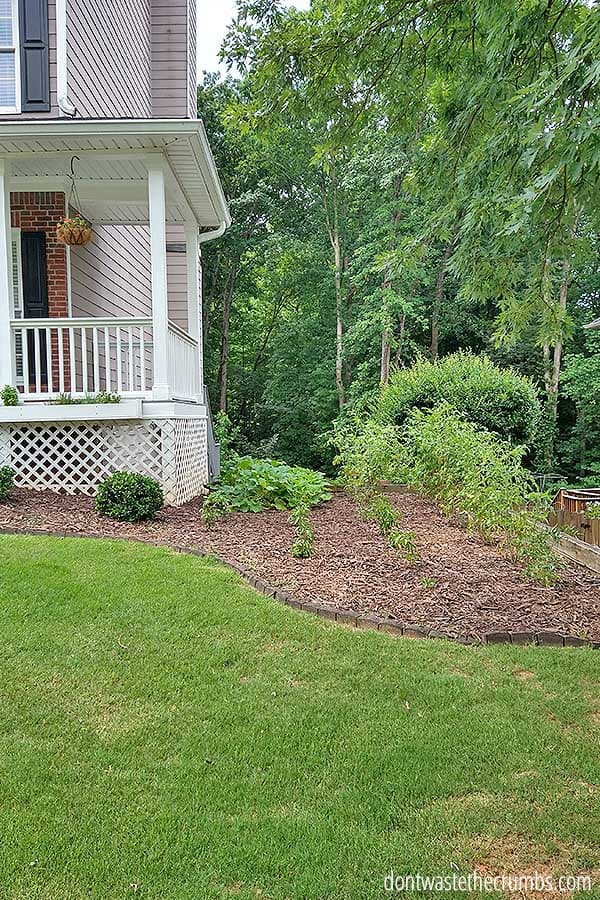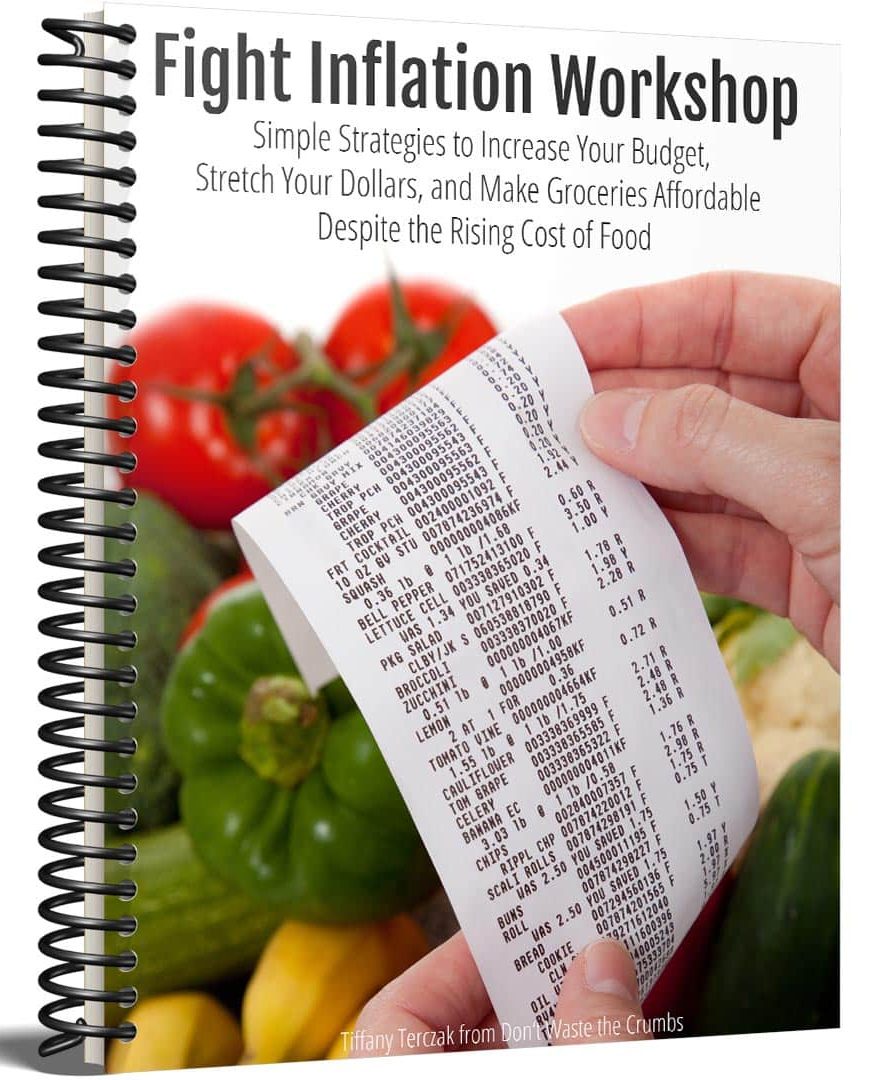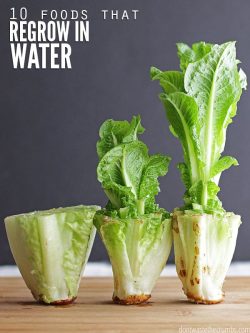Learn how to save money gardening homegrown vegetables during times of inflation and increased prices at the grocery store. Plus things to consider when planning your garden on a budget, the easiest homegrown vegetables to grow for the family, and even more ways to save money gardening.

Each spring, we plant a garden for two main reasons. The first is that it’s the obvious choice for the overall health of the entire family. The second, and just as important, is to save money on our grocery budget.
Way before the prices at the grocery store drastically increased due to inflation, I have saved money by gardening. It was my best-kept secret back then, and it’s even more important now in these times of inflation. Not only that, but I don’t have to worry about the all-too-common food shortages due to production issues, plant diseases, weather anomalies & etc.
I felt it was only fitting for me to share my secrets for getting started with saving money gardening, so YOU can save money on groceries by planning a garden of your own just in time for spring!

The Expenses of Gardening
Although there are some initial expenses to cultivating a garden (you can do it for very cheap), trust me, the savings you will have on your grocery budget will make it all so worth it.
Your overall budget for setting up your garden will depend on several factors:
- The space you have (whether you have a backyard, homestead, or even an apartment).
- The types of plants you want to grow, and if you are starting from seed or buying plants (I don’t recommend buying plants unless you’re late in the season).
- The length of your growing season (southern climates start earlier than northern climates).
Consider these costs for gardening:
- Obtaining seeds/plants (there are many online seed stores where you can obtain affordable seeds).
- How you will provide water for your plants (collected rainwater, well water or municipal water).
- If you need to provide nutrients to your soil (fertilizer, worms, compost).
- How you might need to protect your plants (simple fencing, coverings).
- Will you plant in rows, or create a raised garden bed (square-foot gardening), or utilize your landscaping.
- What tools you need (gloves, spade, rake, garden shovel, tiller).
Note: Gardening tools can be purchased cheaply from discount stores – Or better yet, check out yard sales, farmers markets, or thrift shops where you can buy perfectly good used gardening tools. Also, think about trading or bartering with a local farmer for basic used tools.

How to Save Money Gardening
The most cost-effective way to begin gardening is to start with seeds (you can buy them in bulk too!).
When comparing the costs of seeds to buying plants at the garden department, seeds win every time. Be sure to save seeds year after year, so you only really incur the cost once.
If you live in northern regions, you need to start the process early enough to grow your seedlings before planting season arrives. The growing season is when the amount of daylight increases and the weather gets warm enough that there is no more frost at night.
For southern climates, it will likely be warm enough to put seeds / seedlings out in the garden earlier in the year.
The National Gardening Association is a great resource for help with starting your seedlings, learning about the frost dates calendar, and more.
Grow Only What You Need and Like to Eat
Creating food waste is a common pitfall for the new gardener.
Although you might like the idea of planting a great big garden to share an abundance of homegrown produce with friends and extended family, the bigger the garden the more time and upkeep are required. Which, of course, will be more expensive to maintain.

I recommend that you gather your family together and create a list of vegetables and herbs they love to eat the most.
Select your top favorites, and plan to plant those varieties in your garden. This way, you save money by growing and eating only the vegetables you love to eat most – AND avoid food waste.

Some of the easiest plants to grow in your garden are:
- Corn
- Green beans
- Peas
- Carrots
- Cucumbers
- Potatoes
- Radishes
- Tomatoes
- Kale
- Swiss chard
- Lettuce (you’ll need simple garden fencing to keep rabbits out)
- Zucchini
- Sunflowers
- Herbs like mint, sage, thyme, basil, oregano, parsley, cilantro

Consider Square-Foot Gardening to Save Money
If you are short on space, consider trying your hand at square foot gardening. Basically this means planting more plants in less space by dividing your space into squares in a raised garden bed, rather than planting in rows.
According to the Square Foot Gardening Association, Square Foot Gardening saves you money by costing less than traditional gardens, it uses very little space, very little water, and requires much less work than single row gardening. You’ll have far fewer weeds, there is no rototilling, and you’ll use simple tools like garden shovels and spades.
This is a great option for getting the right amount of produce for your family while saving money.

More Ways to Save Money Gardening
- Utilize the space in your landscaping for growing vegetables.
- Consider using empty containers that you have around the yard to plant veggies in.
- Collect rainwater in rain barrels for watering your garden. Save money save water.
- Compost food scraps to eventually be used as fertilizer.
- Plant marigolds around your garden for natural and cost-effective pest control.









Leave a Comment